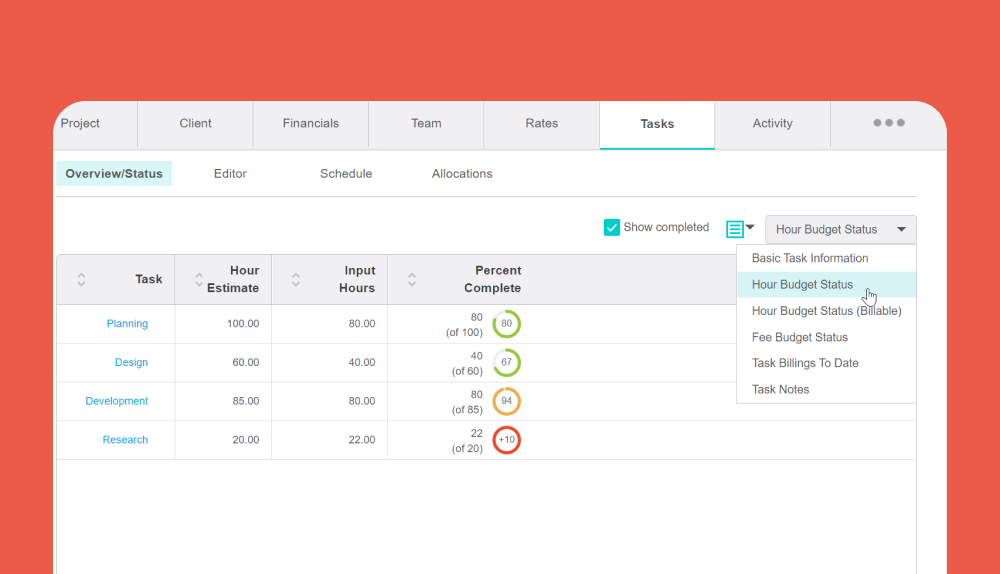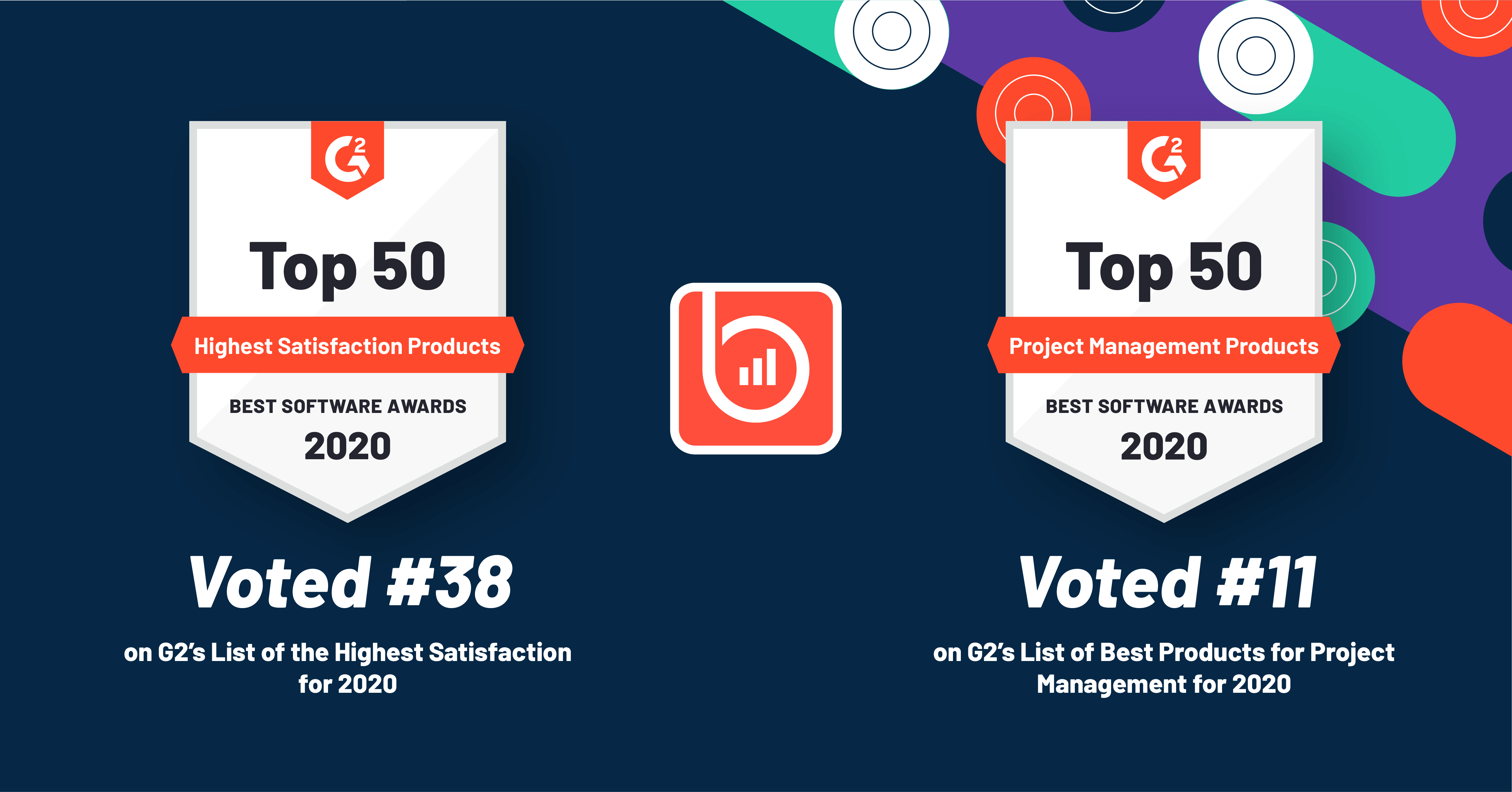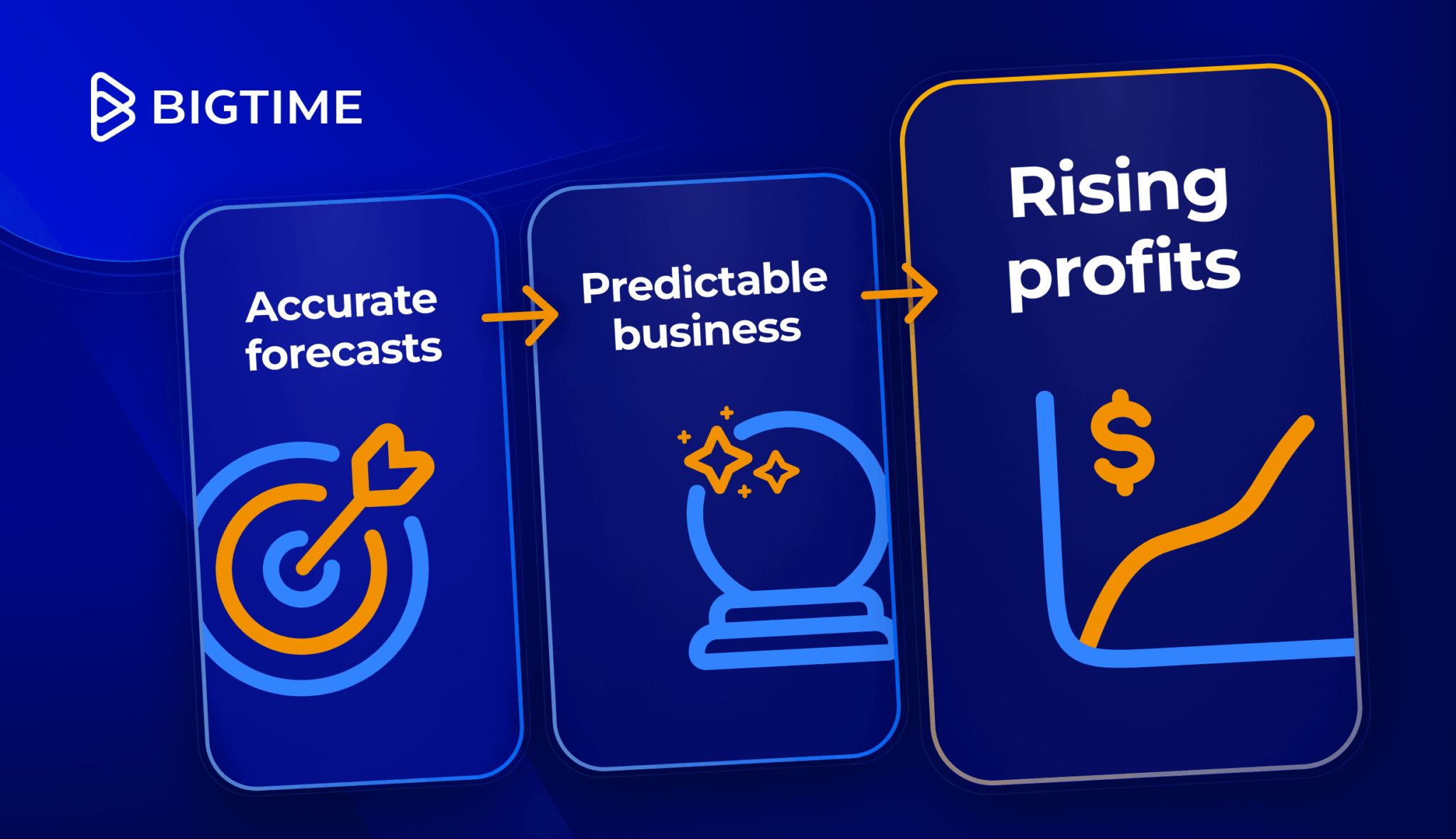
You’re here because you could manage your time better. We all could. The catch is knowing how to change. Everybody gets to the end of a workday, and wonders where all the time went, but it seems like some people can just get more done in a day. How could you become one of those people? It’s not as hard as you’d think.
Put simply, time management is making a plan so you can get the important stuff done, consistently. But here’s the catch: you can’t add time to a day, so you’ll have to get more done in a day. That’s the challenge of time management. If you want to do better, you’re going to need a plan, as well as some good tools.
Step One: Add Goals to Your Calendar
If something is important enough to you, then you have to put it on a calendar, no questions asked. That’s the best way to start setting goals for your time. When you don’t have a goal, it’s easy to get lost, and then waste time. So write down some goals that you need to accomplish during this coming week, or in the next month, and be realistic about what you can get done.
“The best way to manage time,” writes occupational-health expert Bill Thomack, “is to set a goal, develop a plan, and measure the outcome. Without goals, it is impossible to set priorities.” In other words, you can’t really know how you’re doing if you don’t have goals to tell you that you’re getting more done.
By the time you get the hang of managing your time with a calendar, you’ll be ready for the next step, which is to share your calendar with your co-workers. That will let everyone at your firm know what you’re working on, when you’re available, and just how productive you are working. Some high-quality project management software will even let you integrate your calendar directly with their resource allocation tools.
Step Two: Schedule for the Way You Work
Everybody at your firm schedules work differently. As you know, some people need to work a schedule where they change tasks every hour, while other employees need lots of unrestricted time to do problem-solving for work. You wouldn’t schedule all of those people exactly the same, would you? The next step is to schedule for how you work.
In his popular essay on the topic, the programmer Paul Graham writes that there are two kinds of schedules. One is the manager’s schedule, which is scheduled hour-by-hour and is spent largely in meetings. The other is the maker’s schedule, which is scheduled in multiple-hour blocks of time, and spend largely creating things without hourly goals. But that doesn’t mean you can’t schedule for both kinds of workers.
You can use a project management tool to do things like defining your work week, setting your submission period, and adding or renaming the columns in your timesheet. When you commit to completing the goals that are important to you, and you make a plan that fits the way you work best, then you’re already on your way to doing better time management.
Step Three: Discover What Makes You Productive
Now that you’re scheduling your high-priority goals, and now that you’ve made a schedule that fits how you actually get work done, the last step is to pay attention to how you accomplish those goals. Do coworkers frequently interrupt your progress? Are there times when you put off your deadlines? When do you usually have spare time, and when are you always swamped?
In other words, what exactly prevented you from getting something done on deadline? If you’re like most workers, the same three or four things always prevent you from doing good time management. So how can you get better? You have to identify the things that make you unproductive, and reorganize your schedule so you can work more productively, or you’ll never be able to change. To do that, you’ll need more some more info.
You can start measuring your productivity in project management software, where you can get lots of helpful data about how you work on tasks, or about how you spend your time. Do you see any repeated patterns that you think you should change? A helpful software tool even gives you the power to make any necessary changes to your project schedules, using Gantt charts, simply with a click of your mouse.
There will never be enough time to do everything you want to accomplish. However, when you align your working schedule with what’s important to your firm, and when you’re committed day-by-day to always doing what’s most important, you’ll always have control of your time, because you’ll always be working on something important. That’s how to do better time management.
If you’re interested in project management software, please request a free demo of BigTime, and see just how productive your firm could be.



